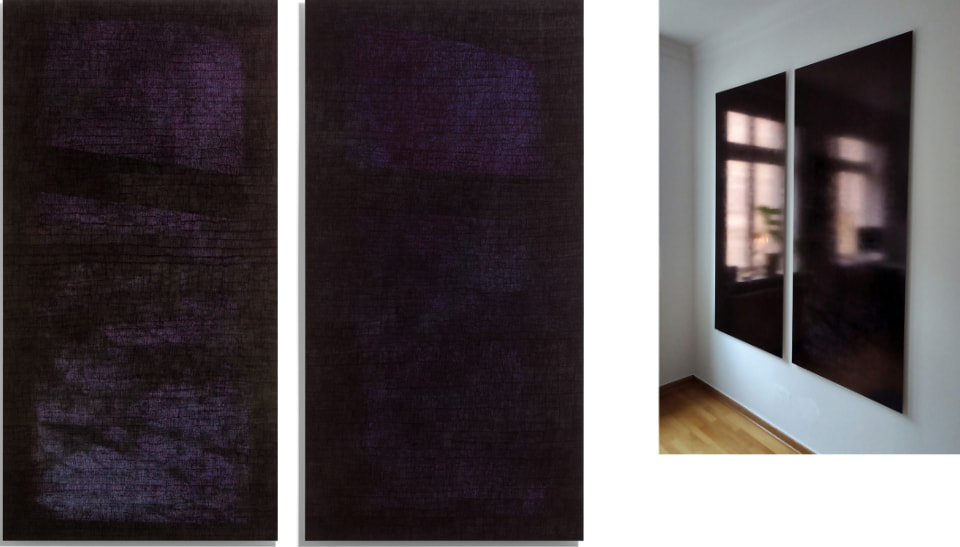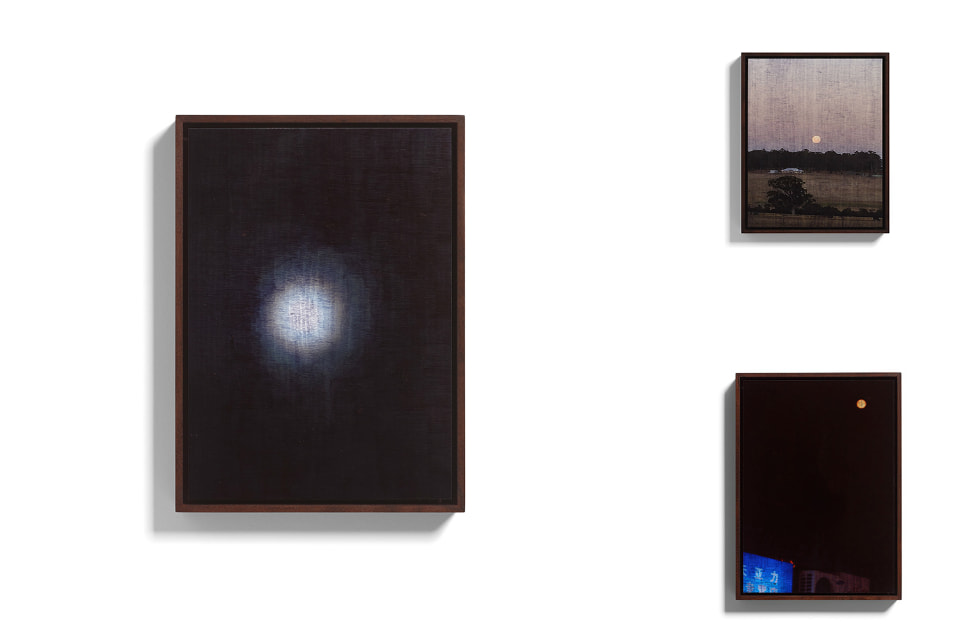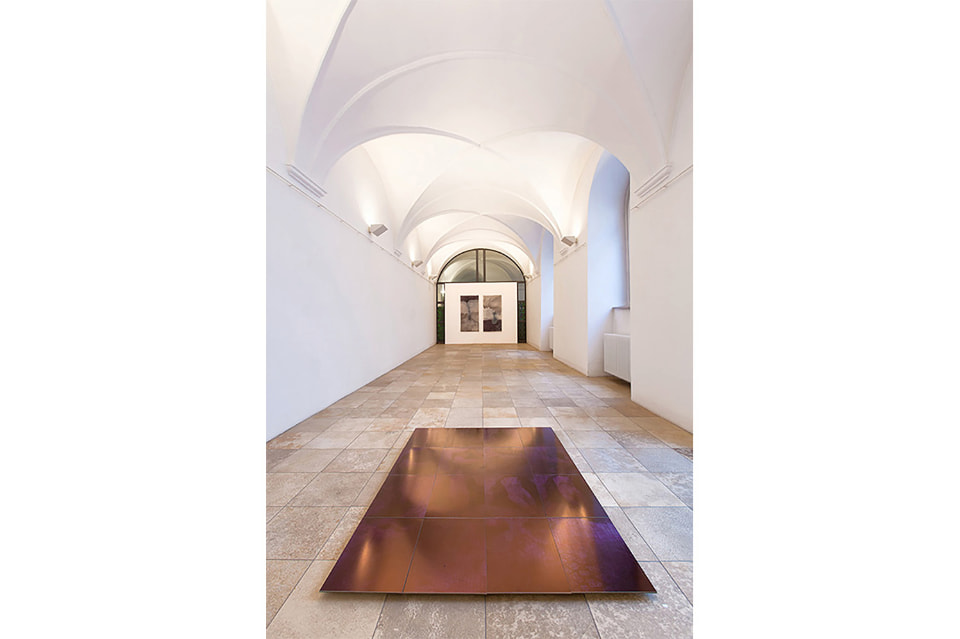Alice Dittmar



Born 1978 in Ried im Innkreis, Austria, German citizenship
Online
About
“Contemporary nomadism is a much-referenced societal phenomenon that, especially in the world of the arts, refers to the wandering between cities, continents and time zones, whereby the ‘nomads’ always feel as though they are part of a certain group: the community of travelers, who keep on the move, the culture producers. Belonging to different group is desired and promotes one’s own individual plurality. Just after her studies in 2008, Alice began to incorporate this way of living into her own life. She lived in Europe, China and Australia for approx. ten years.
Transculturality was not applied as a mere concept, but lived out and incorporated in her practice: When Alice had a Chinese papermaker join together the natural papers not yet processed for her landscape ink paintings and then let the glued areas remain visible, this is to be understood as homage to the principle of emptiness in Chinese painting: the empty space, the vacancy, is treated on an equal footing with the processed space.” (N. Wölfing, Sinologist and art historian, Berlin)
Up to now the tension between filling and emptying play a vital part in work:
Since Alice settled in Berlin, she mainly reworks photographic carriers into iridescent surfaces by the application of up to three full-area layers of ballpoint pen, for which four levels of reality play a role:
1. the real place/landscape (that she has experienced),
2. the specific selection of a photographic motif,
3. the drawing as a reality filter and the drawing’s devotion to the chosen motif, as well as
4. the presentation in the exhibition space and its reflection, including the movement of the visitors. All levels together form the work. “My way of working portrays a form of contemplative being-in-the-world. It is about the moment between filling and emptiness in contemplation, which is an existential process for me.”
—A. Dittmar